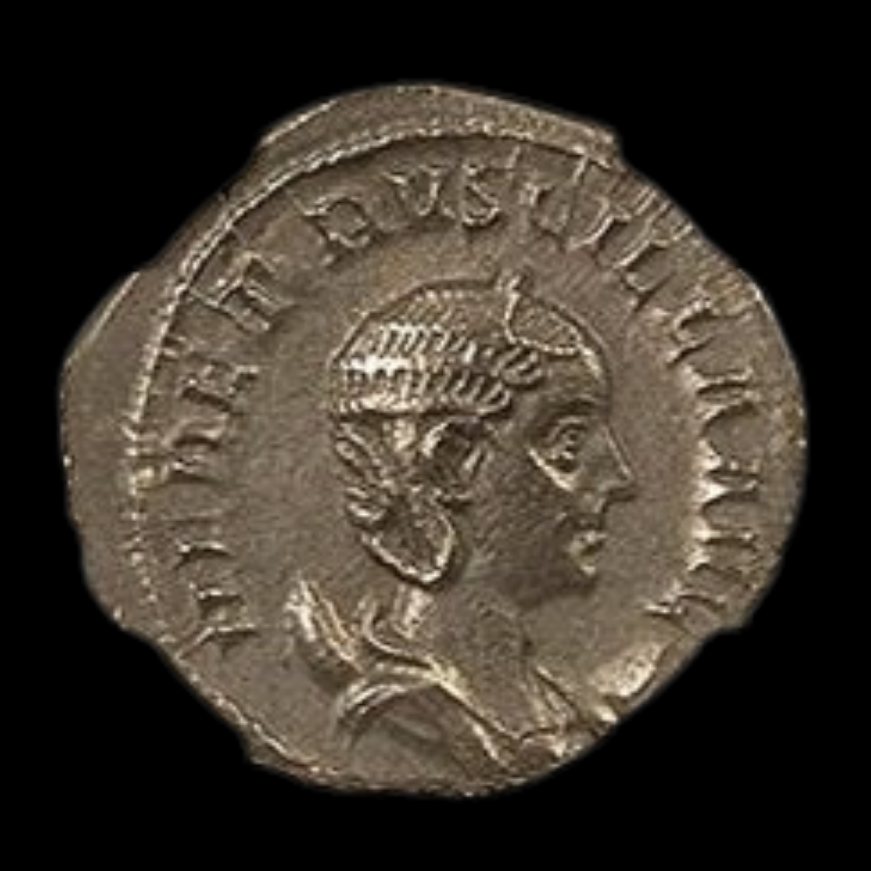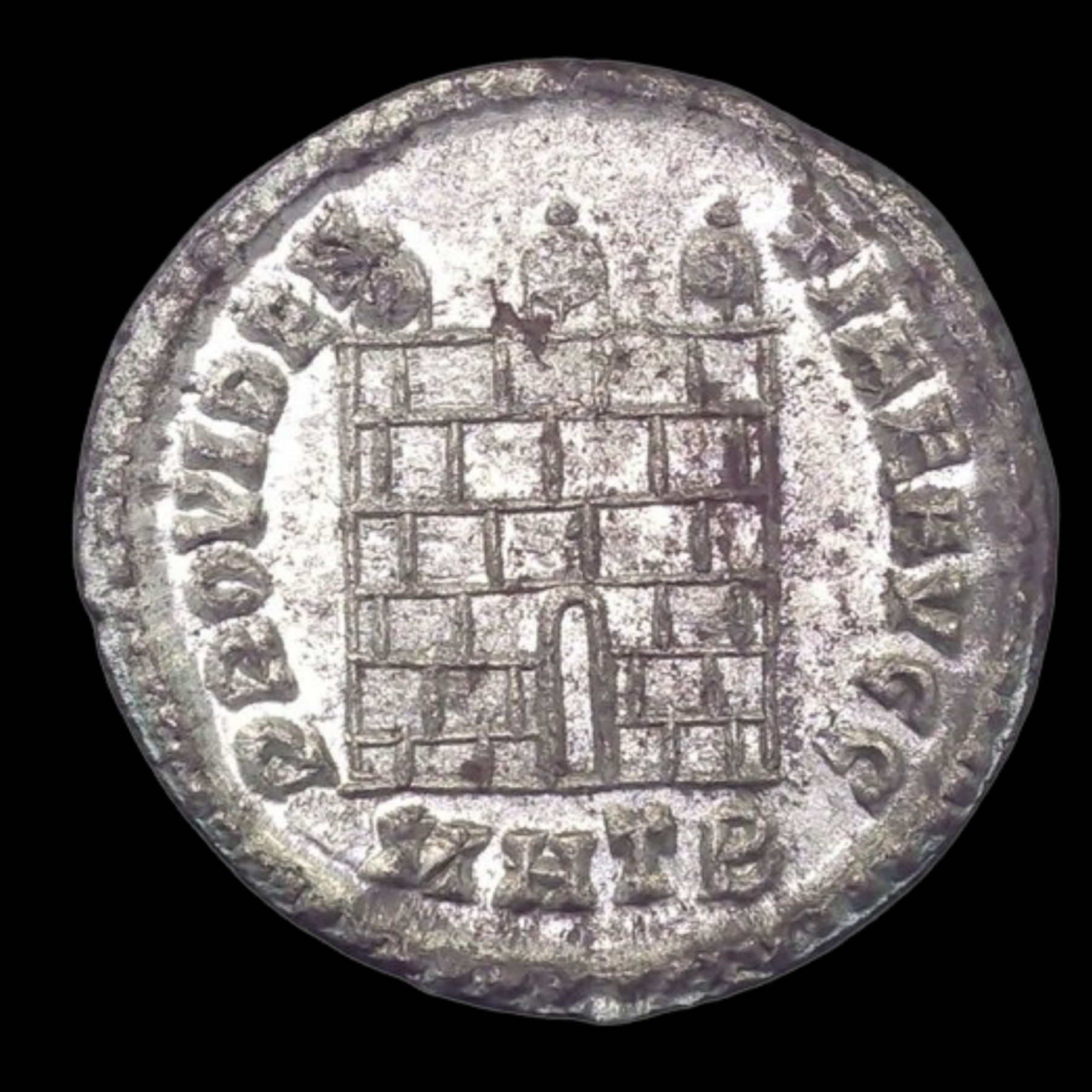 Image 1 of 5
Image 1 of 5

 Image 2 of 5
Image 2 of 5

 Image 3 of 5
Image 3 of 5

 Image 4 of 5
Image 4 of 5

 Image 5 of 5
Image 5 of 5






Roman Bronze AE1 of Maximian (about 1,715-1,740 years ago)
The coins shown are representative examples of the grade and type, but not the actual specimens for sale. For details on NGC’s grading standards and definitions, please refer to our NGC Grading page.
This bronze coin is a large AE 1 denomination issued during the reign of Emperor Maximian, who ruled as co-emperor in the western portion of the Roman Empire during the early implementation of Diocletian's Tetrarchy system. Minted between 286 and 310 CE, this coin represents the administrative reorganization of the empire during a period of recovery from the Crisis of the Third Century.
Coin Description:
Front side: Portrait of Emperor Maximian facing right, likely wearing a laurel wreath or radiate crown, with his name and imperial titles in Latin around the edge.
Back side: Probably features imagery celebrating military victories, imperial virtues, or gods associated with Maximian such as Hercules, who was his divine patron.
Technical Details:
Bronze alloy composition
Denomination: AE1/2 (large bronze coin in the late Roman monetary system)
Weight: Approximately 8-10 grams
Diameter: Approximately 25-30 mm
NGC Certified for authentication and preservation
Minted between 286-310 CE
Condition as specified by NGC certification
Historical Significance: Maximian served as Diocletian's trusted second-in-command and ruled the western provinces while Diocletian controlled the east. A capable military commander, he successfully campaigned against Gothic tribes and helped restore stability to the Roman frontier. As part of the Tetrarchy ("rule of four"), Maximian represented a new approach to imperial administration designed to prevent the succession crises that had plagued the 3rd century. After being forced to abdicate alongside Diocletian in 305 CE, he later attempted several comebacks to power before ultimately committing suicide in 310 CE at the order of his son-in-law Constantine. This coin represents the beginning of the administrative division between Eastern and Western Roman Empires that would become permanent by the end of the 4th century.
The coins shown are representative examples of the grade and type, but not the actual specimens for sale. For details on NGC’s grading standards and definitions, please refer to our NGC Grading page.
This bronze coin is a large AE 1 denomination issued during the reign of Emperor Maximian, who ruled as co-emperor in the western portion of the Roman Empire during the early implementation of Diocletian's Tetrarchy system. Minted between 286 and 310 CE, this coin represents the administrative reorganization of the empire during a period of recovery from the Crisis of the Third Century.
Coin Description:
Front side: Portrait of Emperor Maximian facing right, likely wearing a laurel wreath or radiate crown, with his name and imperial titles in Latin around the edge.
Back side: Probably features imagery celebrating military victories, imperial virtues, or gods associated with Maximian such as Hercules, who was his divine patron.
Technical Details:
Bronze alloy composition
Denomination: AE1/2 (large bronze coin in the late Roman monetary system)
Weight: Approximately 8-10 grams
Diameter: Approximately 25-30 mm
NGC Certified for authentication and preservation
Minted between 286-310 CE
Condition as specified by NGC certification
Historical Significance: Maximian served as Diocletian's trusted second-in-command and ruled the western provinces while Diocletian controlled the east. A capable military commander, he successfully campaigned against Gothic tribes and helped restore stability to the Roman frontier. As part of the Tetrarchy ("rule of four"), Maximian represented a new approach to imperial administration designed to prevent the succession crises that had plagued the 3rd century. After being forced to abdicate alongside Diocletian in 305 CE, he later attempted several comebacks to power before ultimately committing suicide in 310 CE at the order of his son-in-law Constantine. This coin represents the beginning of the administrative division between Eastern and Western Roman Empires that would become permanent by the end of the 4th century.


























